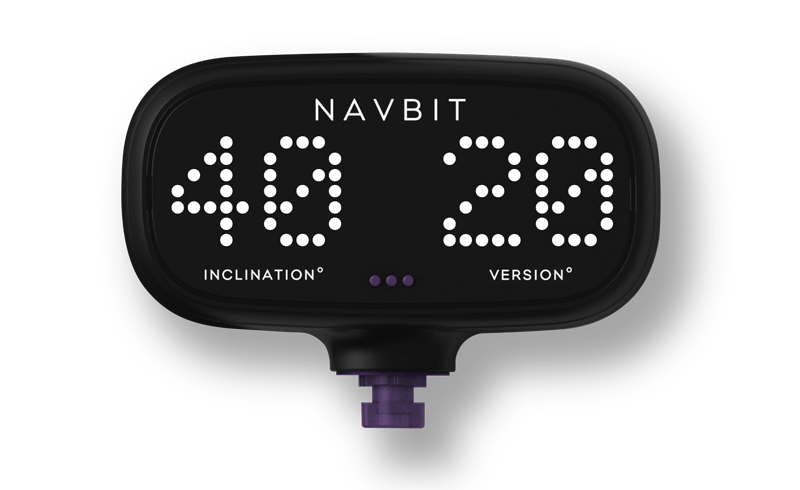Inertial Navigation Technology
The Navbit Sprint system uses an inertial navigation system and a novel method of registration of the patient which does not rely on anatomical landmarks.

The Navbit Sprint system uses an inertial navigation system and a novel method of registration of the patient which does not rely on anatomical landmarks.


Computer navigation can be used in Total Hip Arthroplasty (THA) to improve the accuracy of the acetabular cup component orientation 1-5. The Navbit® Sprint system is a palm-sized navigation device which provides the surgeon with a real-time measure of the orientation of the acetabular cup. The Navbit Sprint is small and accurate through its novel navigation system and registration process.
The Navbit Sprint system uses an inertial navigation system and a novel method of registration of the patient which does not rely on anatomical landmarks.
The Navbit Sprint system uses an inertial navigation system and a novel method of registration of the patient which does not rely on anatomical landmarks.
Read more